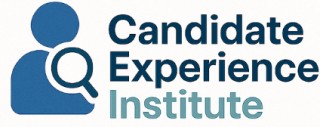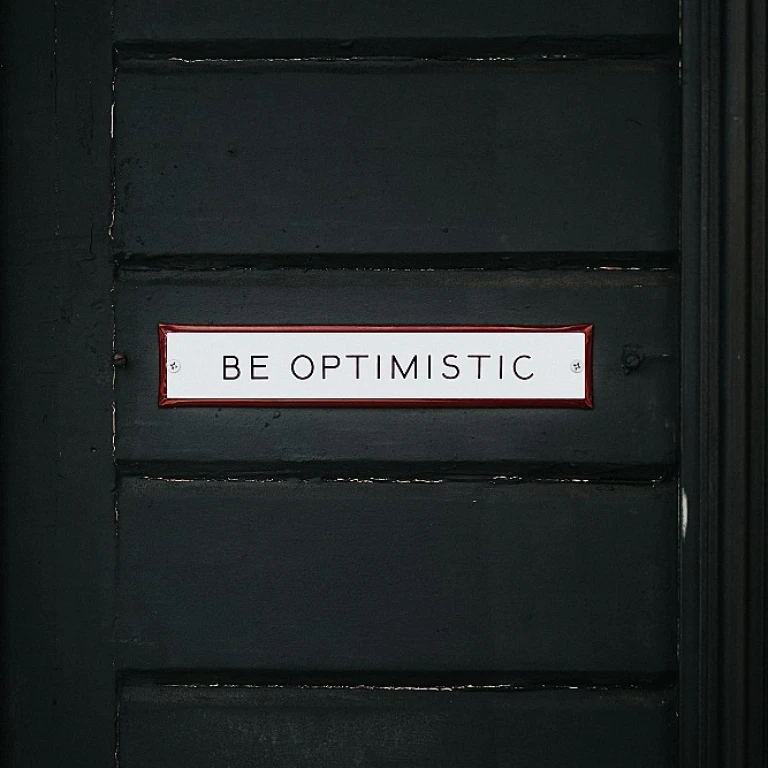
Understanding the Candidate Experience
An Introduction to Candidate-Centric Approaches
The journey that candidates embark upon during a recruitment process can heavily influence their perception of a company. From the initial job application to the final stages of the hiring process, each step is an opportunity to create a positive experience for potential employees, thereby enhancing the company’s employer brand. To achieve an exceptional candidate experience, firms must prioritize not just the procedural aspects, but also the emotional journey of a candidate. In a highly competitive job market, attracting top talent requires more than just posting a vacancy and waiting for resumes to pour in. Companies must engage in active relationship management and candidate experience strategies to build meaningful connections. Recruitment marketing, inclusive of a comprehensive recruitment newsletter, plays a critical role in keeping candidates informed, interested, and engaged. Recognizing the significance of candidate experience is paramount for acquisition professionals and recruiters aiming to draw in top talent. Those leading the charge in talent acquisition must continuously seek insights and adopt best practices to enhance every interaction with candidates, from emails and newsletters to personalized communications. Utilizing tools like a recruitment CRM can further streamline this process, aiding in managing relationships effectively. Research has shown that candidates value clear, concise, and timely communication throughout the recruitment process. This necessitates a strategic approach to crafting content in emails and newsletters that resonate with potential recruits. The use of subject lines that capture attention is as important as the content itself, ensuring that candidates are encouraged to open, read, and engage with recruitment newsletters. As we explore the importance and implementation of communication strategies in the candidate journey, it's vital to discuss the pivotal role of newsletters in providing industry insights and news, offering a window into the company's culture and values. These weekly newsletters become a source of recruiting brainfood, aiding in fostering a long-lasting connection between candidates and companies. For a deeper dive on how to enhance your candidate communications, consider exploring how to optimize communication with candidates.The Role of Communication in Candidate Experience
Communication as the Cornerstone of Candidate Relations
The candidate experience is profoundly influenced by the level and quality of communication. In the realm of talent acquisition, communication serves as a bridge between the company and potential employees. It's an essential element that can make or break a candidate's perception of an organization's employer brand. Effective communication can transform the recruitment process into a positive journey for job seekers. It involves timely updates, clarity, and engaging content that resonates with candidates' expectations. For professionals in recruiting and talent acquisition, maintaining consistent communication demonstrates a company's commitment to nurturing candidate relationships and managing their expectations effectively. A recruitment newsletter plays an instrumental role in this communication strategy. By delivering industry insights, company updates, and job opportunities straight to the candidates' inboxes, newsletters become a powerful tool for relationship management. This direct form of communication ensures that candidates, whether active job seekers or passive talent, remain engaged and informed. Moreover, newsletters allow acquisition professionals to highlight industry news and recruitment marketing trends, fostering a sense of community and thought leadership. The frequency of these communications can also impact candidate perceptions – a weekly newsletter, for example, keeps subscribers continuously connected without overwhelming their inboxes. Crafting equitable hiring letters for a better candidate experience involves a careful balance of personalization and professionalism. Identifying best practices in communications can further enhance your ability to attract top talent and improve the overall candidate experience. Ultimately, how companies communicate with candidates reflects their commitment to transparency and authenticity, key factors in developing trust and reliability in the recruitment process.Introducing the Recruitment Newsletter
Connecting with Candidates Through Regular Updates
In the world of talent acquisition, effective communication is key to building a positive candidate experience. This is where the recruitment newsletter comes into play. A well-crafted newsletter not only keeps candidates informed but also nurtures a lasting relationship between them and your company. Recruitment newsletters serve as a powerful tool to convey valuable content, industry insights, and job opportunities directly to candidates' emails. Recruitment newsletters offer a direct line of communication that can significantly enhance your employer brand. By keeping the communication ongoing, you present yourself as an engaged and interested party in the relationship with candidates, showcasing the welcoming culture your company champions. Newsletters can be tailored to different segments of your talent pool, providing a personalized experience, an approach that can greatly improve communication with candidates. Essential Elements of a Recruitment Newsletter- Content Variety: Include a mix of content to keep the newsletters engaging. This could range from updates about the company, success stories, insights shared by industry professionals, to upcoming recruitment events.
- Weekly Frequency: A weekly newsletter can ensure that candidates remain engaged. Regular updates showcase your active engagement in keeping candidates informed.
- Clear and Compelling Subject Lines: Craft subject lines that capture attention. They should be concise yet indicate the value the newsletter offers, helping improve open rates.
- Segmentation: Tailor content to the specific interests of subscriber groups, such as job seekers or acquisition professionals, to maintain relevance.
- Call to Action (CTA): Ensure each newsletter prompts candidates to take action, whether it's applying for a job, subscribing, or attending a recruitment event.
Crafting an Effective Recruitment Newsletter
Designing a Newsletter That Resonates
Creating an effective recruitment newsletter is a crucial step in enhancing the candidate experience. A well-crafted newsletter serves as a bridge between your company and potential candidates, offering insights into your industry and company culture. Here are some best practices to consider:
- Understand Your Audience: Tailor your content to the interests and needs of your target audience. Whether they are job seekers or acquisition professionals, your newsletter should provide value and relevance.
- Engaging Content: Include a mix of industry news, company updates, and job opportunities. This not only keeps candidates informed but also positions your company as a thought leader in the industry.
- Compelling Subject Lines: Craft subject lines that grab attention and encourage opens. A strong subject line can significantly increase your email open rates.
- Consistency and Frequency: Decide on a frequency that works for your audience, whether it's a weekly newsletter or bi-weekly. Consistency helps build anticipation and trust among your subscribers.
- Visual Appeal: Use a clean and professional design that aligns with your employer brand. Visual elements can enhance readability and engagement.
- Call to Action: Encourage candidates to take action, whether it's applying for a job, subscribing to the newsletter, or engaging with your content on social media.
Leveraging Technology for Personalization
Utilizing technology can enhance the personalization of your recruitment newsletters. Tools like recruit CRM systems can help segment your audience, allowing you to send targeted content that resonates with different candidate personas. Personalization not only improves engagement but also strengthens the candidate relationship.
Monitoring and Adapting
Regularly measure the impact of your newsletters. Track metrics such as open rates, click-through rates, and subscriber growth. Use these insights to refine your content strategy, ensuring your newsletters remain a valuable resource for candidates and a powerful tool in your recruitment marketing efforts.
Measuring the Impact of a Recruitment Newsletter
Evaluating the Effectiveness of Your Recruitment Newsletter
The journey to optimize your candidate experience doesn't end with crafting a well-thought-out recruitment newsletter; measuring its impact is crucial. Understanding the effectiveness of your newsletters informs necessary adjustments and enhancements, ensuring you harness their full potential in your recruitment marketing efforts. One of the first steps is to monitor key metrics that provide a clear picture of how your newsletters are performing. Here's a breakdown of what you should focus on:- Open Rates: This reflects how compelling your subject lines are. Crafting enticing subject lines can make the difference between your email being read or ignored. Keep an eye on these rates to understand what draws candidates in.
- Click-Through Rates (CTR): Evaluate how engaging your content is by tracking how many recipients are clicking on the links within your newsletters. High CTRs indicate that the provided content resonates well with the audience, potentially guiding them further down the recruitment funnel.
- Conversion Rates: Beyond reading and clicking, it's essential to determine whether your newsletters are effective in driving desired actions, such as job applications or sign-ups for company events. This can be a direct indicator of how well your content aligns with candidate interests.
- Unsubscribe Rates: Keeping tabs on how often people opt out of your newsletters can reveal if the content is failing to meet expectations or if the frequency is too high. Balancing informative content with the right frequency is key to maintaining engagement.













